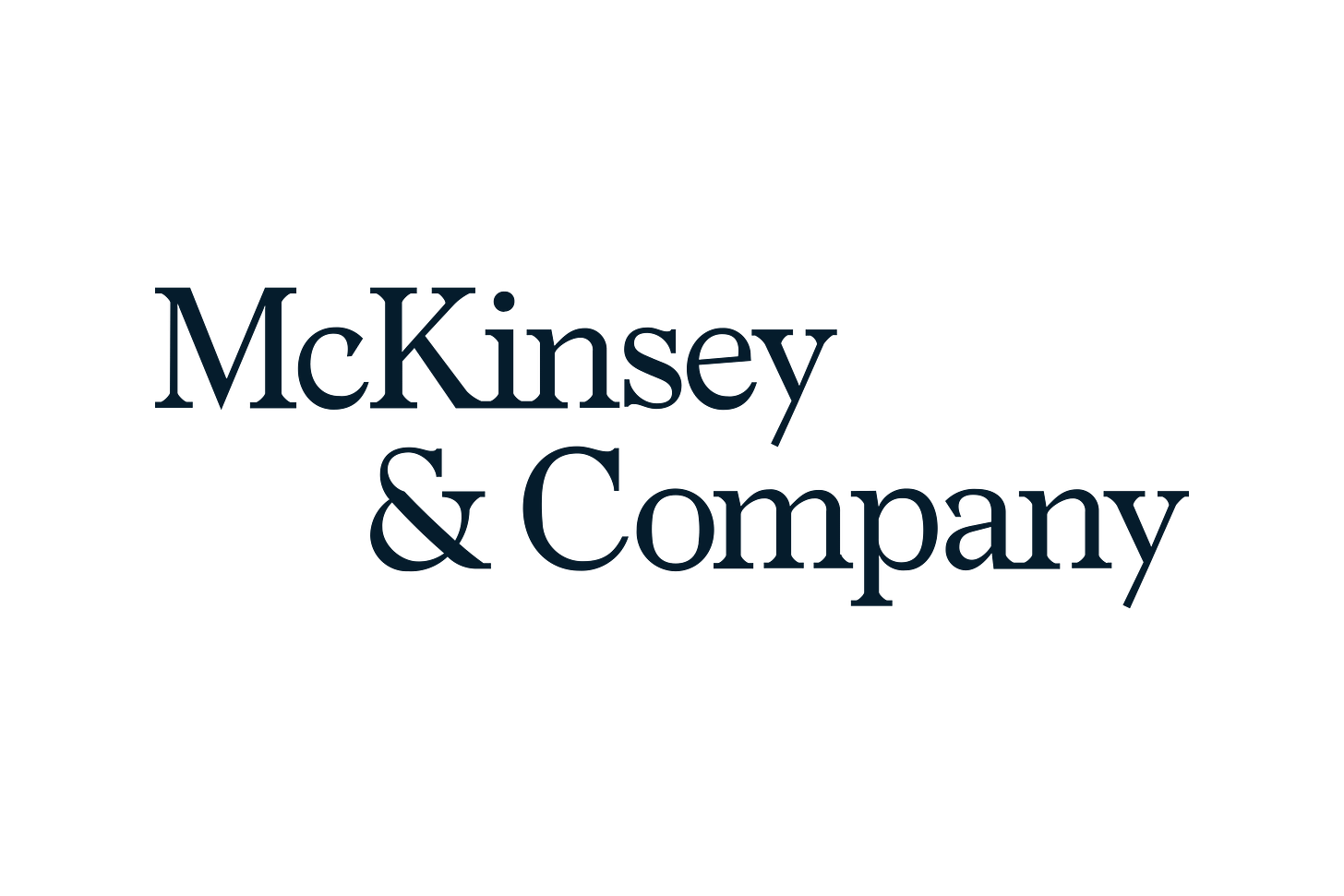How To Make A Strong Start As A CEO
Read time: 2.5 min
Core Idea
CEOs (and other professionals) can use their first year in a role for personal and institutional renewal, listening before acting, navigating pitfalls, and leveraging impact through strategic focus and talent management while aligning organizational needs and setting a bold tone.
Top Thoughts
See the first year in a role as an opportunity for personal and institutional renewal.
Prioritize listening and learning to gather information and build relationships while testing ideas and validating insights. Engage a broad group of stakeholders, including employees, customers, regulators, and the Board, to understand the organization's challenges, strengths, and potential.
Manage your voice and work with peers effectively to "unfreeze" your organization from built-up inertia and foster innovation. Balance leading and being open to input.
Play "big ball" by managing talent effectively, focusing on time management and high-impact tasks, and establishing an operating rhythm that aligns with the company vision.
Maintain a strong relationship with the Board chair, leverage the departing CEO's expertise, and navigate differing viewpoints among board members through clear communication and a focus on the mandate. Address potential challenges with peers early, by having open conversations about alignment.
Connect emotionally with colleagues by being open and candid about your authentic self and asserting a single narrative theme for the company to work towards.
Quick Quotes
“The CEO role is unique. You are the face of the company, the ultimate integrator.”
“There is a profound opportunity not only for personal renewal but institutional renewal. CEOs have to adjust to the fact that their voice is immediately much stronger than before, and they have to learn to regulate that.”
“Sometimes leaders come in with too much of an assertive position without fully understanding the context. Alternately, they may shy away entirely from any early point of view. Either extreme can be a failure mode.”
“Outsider CEOs have an advantage in bringing a fresh eye and they tend to move more boldly and quickly to challenge orthodoxies. Whether you are external or internal, it is incumbent upon you to take that outside perspective on people, strategy, or execution.”
“During the transition period, your stakeholders may tell you things they would not tell you a year or two later, or that they were not willing to tell your predecessor.”
"Being a CEO is a team sport, and you need to quickly establish a leadership team that is rowing in the same direction and can execute at a high level."
“From a group psychology perspective, (transitional) moments like these can “unfreeze” organizations, reaffirm what’s valuable about the culture, and innovate for the next chapter.”
Action Steps
Listen actively and learn - Seek input, validate insights, and understand the organization's dynamics. Use this period to gather valuable information that may not be shared later and identify opportunities and challenges.
Focus on high-impact priorities - Recognize the importance of playing "big ball" by concentrating on tasks with the highest impact on the organization. Allocate time and effort to areas where you, as the CEO, can uniquely contribute. Establish clear priorities, develop time management strategies, and delegate tasks effectively to your leadership team.
Set a clear narrative and direction - Create a single narrative that aligns with the organization's needs and goals. Choose key themes that define your approach, such as growth strategies or cultural shifts. Communicate your vision candidly and authentically to create a sense of purpose, align your team, and set a decisive tone for your tenure.
Source
Dewar, C., Strovink, K., & Brown, S. (2023, Aug 15). How to make a strong start as a CEO. [Web article, Podcast]. McKinsey & Company. (Link)




